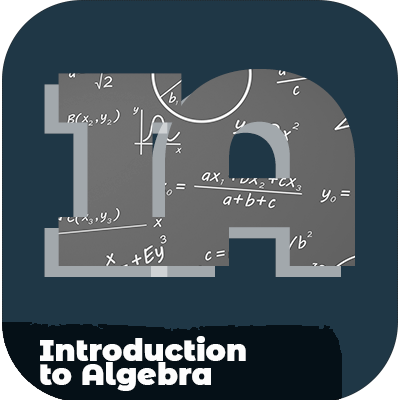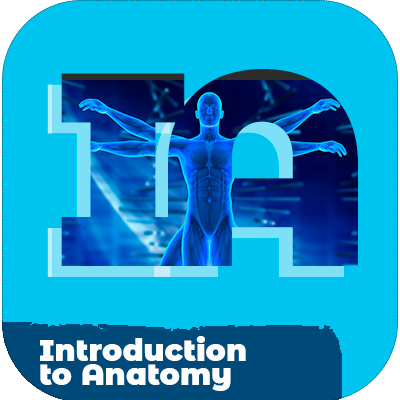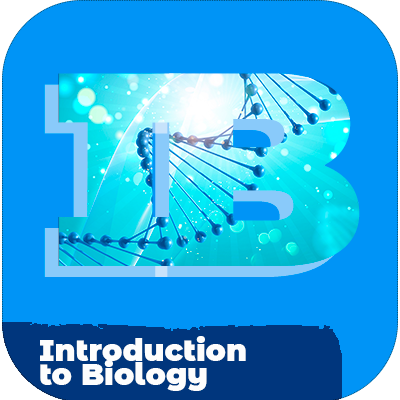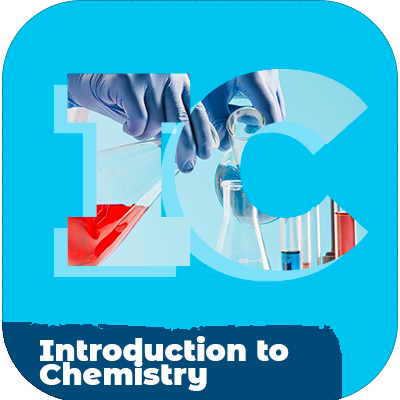Description: This course will guide hiring managers to look at both the skills and attitudes of potential employees. The course will hone hiring skills to find the best employee for each position.
Prerequisite: 2nd year student
Learning Objectives: Students will learn
- the five biggest reasons why new hires fail
- two quick and easy tests to discover the attitudinal characteristics that you need for your unique culture
- the five-part interview question that gets candidates to reveal the truth about what their last boss really thinks of them
- where great companies really find their best candidates
- the six words most interviewers add to the end of behavioral interview questions that destroy their effectiveness










